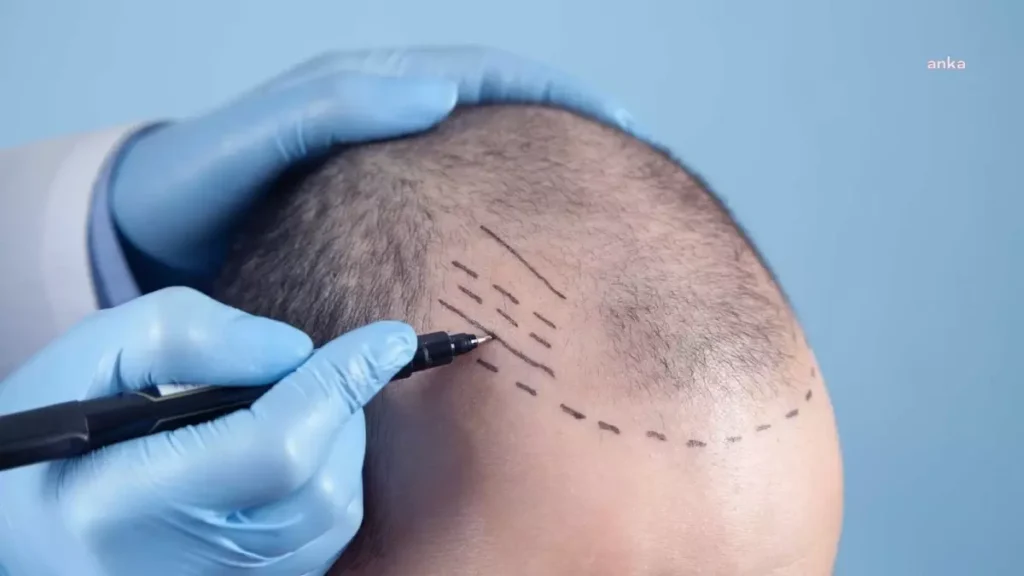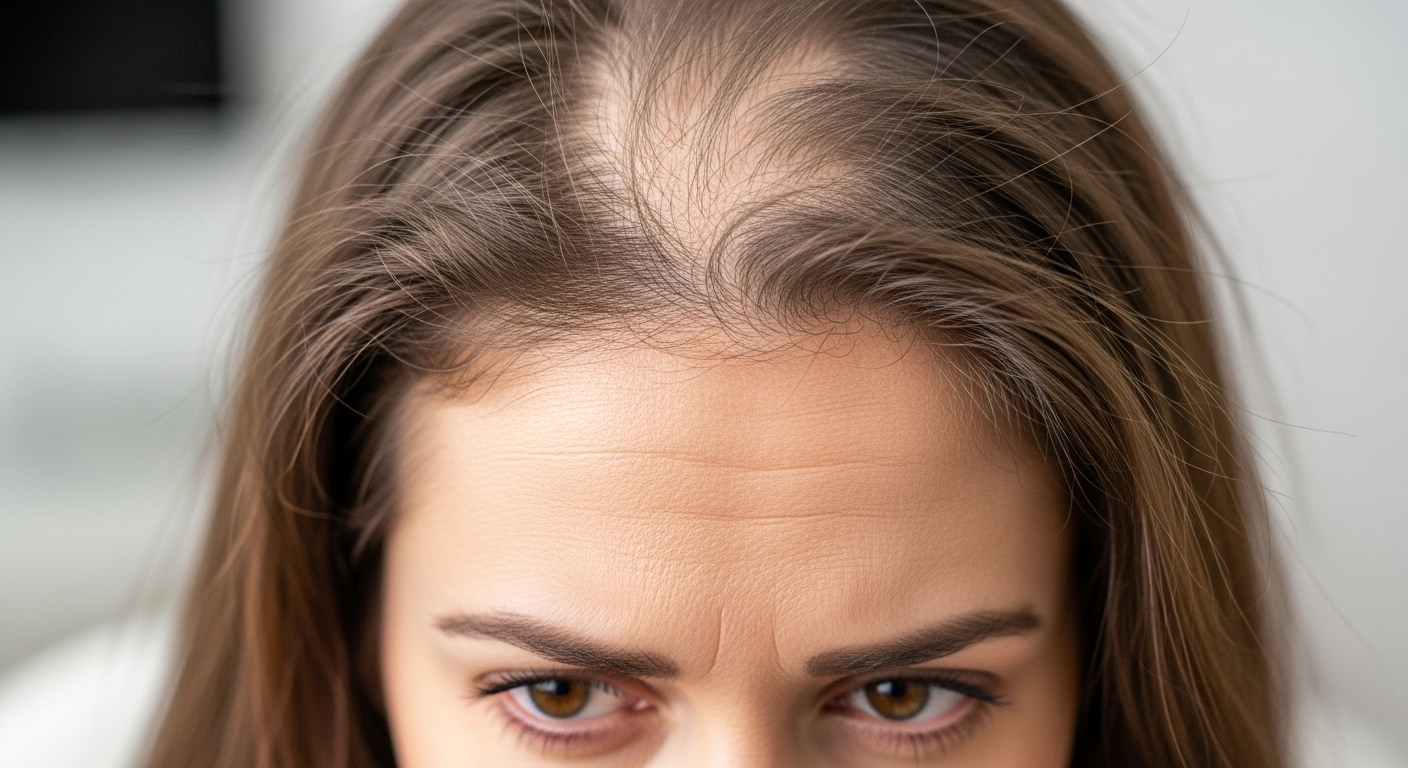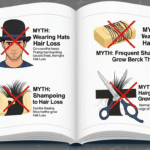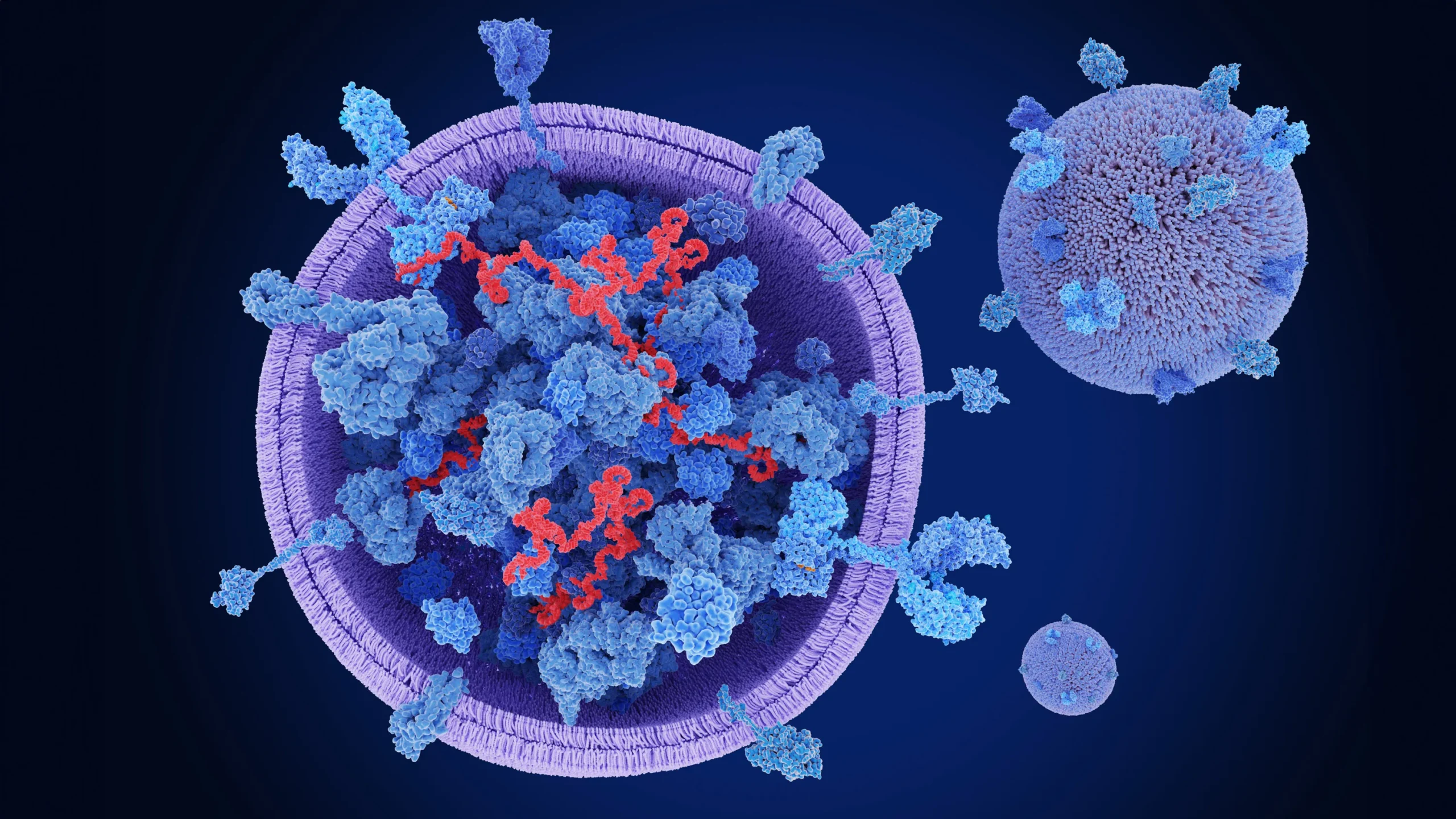Hair loss can be a major source of frustration, affecting both men and women at various stages of life. Whether you're noticing thinning hair or struggling with bald spots, finding a solution is crucial. In this post, we'll explore the causes of hair loss and discuss Revolutionary Solutions for Hair Loss, including the latest advancements …
Hair loss can be a major source of frustration, affecting both men and women at various stages of life. Whether you’re noticing thinning hair or struggling with bald spots, finding a solution is crucial.
In this post, we’ll explore the causes of hair loss and discuss Revolutionary Solutions for Hair Loss, including the latest advancements in hair restoration, particularly hair transplants. You’ll also learn how to recover safely and quickly post-surgery. By the end of this guide, you’ll be armed with the knowledge to make informed decisions about managing your hair health.

What is Hair Loss?
Defining Hair Loss
Hair loss refers to the condition where hair falls out from the scalp or other parts of the body. It can occur due to various factors such as genetics, hormonal changes, stress, or nutrient deficiencies.
Types of Hair Loss
- Alopecia Areata: A condition where the immune system attacks hair follicles, causing patches of baldness.
- Male and Female Pattern Baldness (Androgenetic Alopecia): The most common type of hair loss, caused by genetics and hormones.
- Telogen Effluvium: Temporary shedding of hair often triggered by stress, illness, or major life changes.
- Traction Alopecia: Hair loss due to tight hairstyles that pull at the hair follicles.
Common Causes of Hair Loss
- Genetics: Inherited conditions like male and female pattern baldness.
- Hormonal Changes: Imbalances due to pregnancy, menopause, or thyroid issues.
- Stress: Both physical and emotional stress can trigger hair loss.
- Poor Diet: Deficiency in vitamins and minerals, especially iron and biotin, can affect hair health.
Revolutionary Solutions for Hair Loss: Hair Loss Treatment Options

Medical Treatments
- Minoxidil (Rogaine): An over-the-counter topical treatment that stimulates hair growth and helps slow down hair loss.
- Finasteride (Propecia): A prescription medication that blocks the hormone DHT, responsible for hair follicle shrinkage.
Hair Transplant Surgery
Hair transplant surgery is an increasingly popular solution for those with significant hair loss. The procedure involves removing hair follicles from one part of the scalp (usually the back) and transplanting them to areas with thinning or no hair.
- FUE vs FUT:
- FUE (Follicular Unit Extraction): Involves removing individual hair follicles and transplanting them. It’s less invasive and requires less recovery time.
- FUT (Follicular Unit Transplantation): Involves removing a strip of scalp tissue and extracting hair follicles from that. While it can provide a larger graft, the recovery may be longer.
- Risks and Benefits:
- Benefits: Permanent solution to hair loss, natural-looking results, boosts confidence.
- Risks: Possible scarring, infection, and initial hair shedding.
Lifestyle Changes for Hair Health
- Diet: Include more vitamins and minerals that support hair health, such as vitamins A, C, D, E, zinc, and iron.
- Stress Management: Practice stress-reducing activities like yoga, meditation, or exercise to help prevent hair loss triggered by stress.
Understanding the Recovery Process After a Hair Transplant

Why is Sweating Bad After a Hair Transplant?
Sweating after a hair transplant can disrupt the healing process. Sweat contains salt and bacteria, which can irritate the newly transplanted follicles, leading to infection or poor graft survival.
How Long Should I Avoid Sweating After the Surgery?
It is essential to avoid excessive sweating for at least 10-14 days after the surgery to allow the scalp to heal. Engaging in light activities and avoiding heavy exercise can help prevent sweating.
Safe Recovery Timeline & Precautions
- First Week: Expect some swelling and tenderness. Follow the prescribed aftercare instructions, such as washing the scalp gently.
- 2-4 Weeks: Your newly transplanted hair might shed, which is normal. Avoid touching the area to ensure that the follicles settle into place.
- 1-3 Months: Hair regrowth begins, but results may not be fully visible yet.
- 6-12 Months: The final results start showing. Full hair restoration may take up to a year.
When Can I Exercise Again After a Hair Transplant?
Exercise should be avoided for at least 2 weeks after the procedure. Avoid strenuous activities such as running, weightlifting, and swimming during the recovery phase to prevent sweating and physical strain on the scalp.
Expert Recovery Tips for Faster Healing
- Use prescribed medications: Anti-inflammatory drugs and antibiotics can help reduce swelling and prevent infections.
- Follow the post-op care routine: Regularly apply hair growth serums and follow your doctor’s advice.
- Be patient: Hair growth takes time, so don’t expect immediate results.
Expert Insights and Real-Life Experiences“
Case Studies: Patient Experiences with Hair Transplants
Many patients have seen incredible transformations with hair transplant surgery. One patient, Ahmed, shared, “I was skeptical at first, but after six months, the results were beyond my expectations. It gave me back my confidence.”
Common Hair Loss Myths Debunked
Myth 1: Wearing Hats Causes Hair Loss
This is a common misconception. Hats do not cause hair loss unless they’re extremely tight, causing physical damage to the follicles.
Myth 2: Hair Loss Only Affects Older Men
Hair loss can affect both men and women, and it can occur at any age, though it is more common in older individuals.
Myth 3: Hair Loss Treatments Are Ineffective
While not every treatment works for everyone, many people experience noticeable improvement with medications like minoxidil and finasteride or hair transplant surgery.
FAQs
What Causes Hair Loss in Women?
Hormonal imbalances, pregnancy, menopause, and genetics are common causes of hair loss in women.
Can Hair Loss Be Reversed?
In many cases, hair loss can be slowed down or reversed with treatment like minoxidil or finasteride, and with more permanent results via hair transplant surgery.
How Long Does It Take to See Results After a Hair Transplant?
Results from a hair transplant usually start to appear around 3-6 months after the procedure, with full results visible after 12 months.
Is Hair Transplant Surgery Safe?
Hair transplant surgery is generally safe when performed by a qualified professional. However, there are risks like infection or scarring if not managed properly.
Does Hair Transplant Pain Last Long?
Post-surgery discomfort is common but usually subsides after the first few days. Pain management medications prescribed by your doctor can help manage any discomfort.
Conclusion and Next Steps
Hair loss can be a daunting experience, but with the right treatments and a well-managed recovery plan, you can restore your hair and your confidence. Whether you choose medical treatments or hair transplant surgery, it’s essential to work with a trusted professional for the best results.
Book a Consultation with Dr. Uzma Irfan, an ISHRS-certified surgeon in Islamabad Today
For a personalized evaluation and expert advice on your hair restoration journey, book a consultation with Dr. Rana Irfan. Get professional guidance and a detailed treatment plan tailored to your needs.






